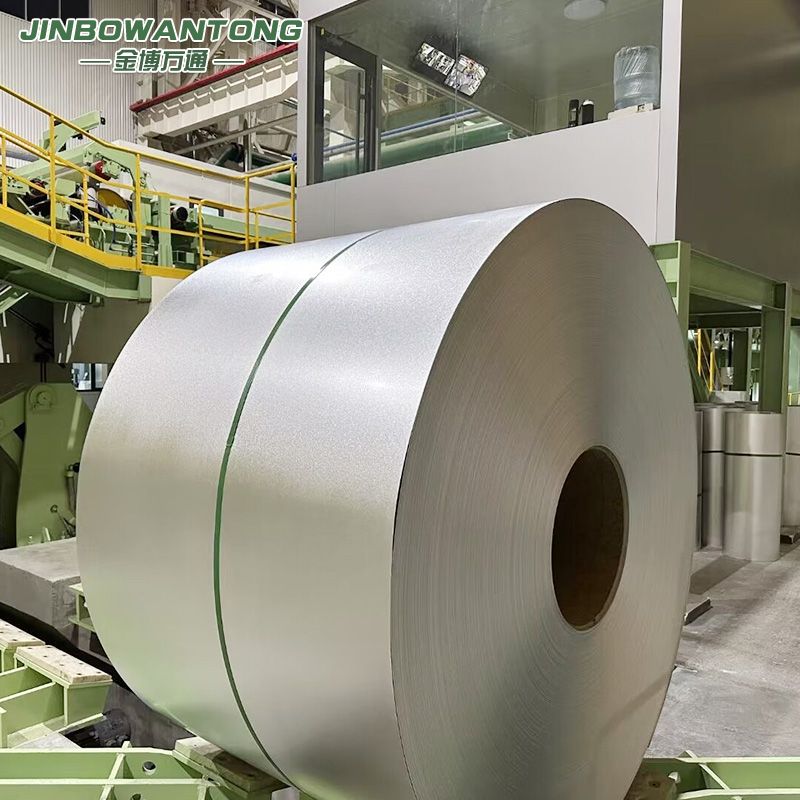Which is better galvanized or Galvalume?
When it comes to protecting metal surfaces from corrosion, two popular options stand out: galvanized and Galvalume coatings. These coatings are widely used in various industries, from construction to automotive, due to their ability to extend the lifespan of metal products and structures. But which is better: galvanized or Galvalume? To answer this question, we need to explore the differences, advantages, and disadvantages of each.
Galvanized Coating
Galvanized steel is a product that has been in use for centuries, and it continues to be a trusted choice for corrosion protection. The process of galvanization involves applying a layer of zinc to the surface of the metal through a hot-dip or electroplating process. This zinc layer creates a barrier between the underlying metal and the corrosive elements in the environment.
One of the primary advantages of galvanized coatings is their proven track record. They have a long history of providing excellent corrosion resistance, making them suitable for a wide range of applications, including roofing, fencing, and structural components. Galvanized steel is also relatively cost-effective compared to some alternative coatings.
However, galvanized coatings do have some drawbacks. Over time, the zinc layer can develop a patina that may not be aesthetically pleasing. Additionally, galvanized steel is not as corrosion-resistant in certain environments with high levels of salt or acid. Therefore, it may not be the best choice for coastal or industrial areas.
Galvalume Coating
Galvalume is a more recent development in the world of metal coatings. It is a combination of zinc and aluminum, with a small amount of silicon added to enhance the adhesion of the coating to the metal substrate. The result is a highly corrosion-resistant coating that offers several advantages over traditional galvanized steel.

One of the key benefits of Galvalume is its superior corrosion resistance. The aluminum content in Galvalume provides a protective barrier that is more effective than zinc alone, especially in harsh environments. This makes Galvalume a preferred choice for metal roofing in coastal regions or industrial settings where corrosion is a constant threat.
Another advantage of Galvalume is its aesthetic appeal. The coating tends to maintain its appearance better than galvanized steel coil , as it does not develop the same patina over time. This makes it a popular choice for architectural applications where aesthetics are important.
However, Galvalume does come with a higher initial cost compared to galvanized steel. The added benefits it offers may justify the investment, but budget considerations should be taken into account when choosing between the two coatings.
Choosing the Right Coating
The choice between galvanized and Galvalume coatings ultimately depends on your specific needs and the environmental conditions in which the metal will be used. Here are some factors to consider:
Corrosion Resistance: If you are in an area with a high risk of corrosion, such as a coastal region or an industrial setting, Galvalume is likely the better choice.
Aesthetics: If the appearance of the metal is important, Galvalume may be preferable due to its ability to maintain its look over time.
Budget: Consider your budget constraints. Galvalume comes with a higher initial cost, so you should weigh the long-term benefits against the upfront expense.
Application: Think about the specific application of the metal. For structural components where corrosion resistance is crucial, Galvalume may be the better option. For less critical applications, galvanized steel might suffice.
In conclusion, both galvanized and Galvalume coatings have their strengths and weaknesses. The choice between the two depends on your individual requirements. Galvanized steel has a long history of reliability, while Galvalume steel coil offers enhanced corrosion resistance and aesthetics. By carefully assessing your needs and the environmental conditions, you can make an informed decision to ensure the longevity and performance of your metal products or structures.


